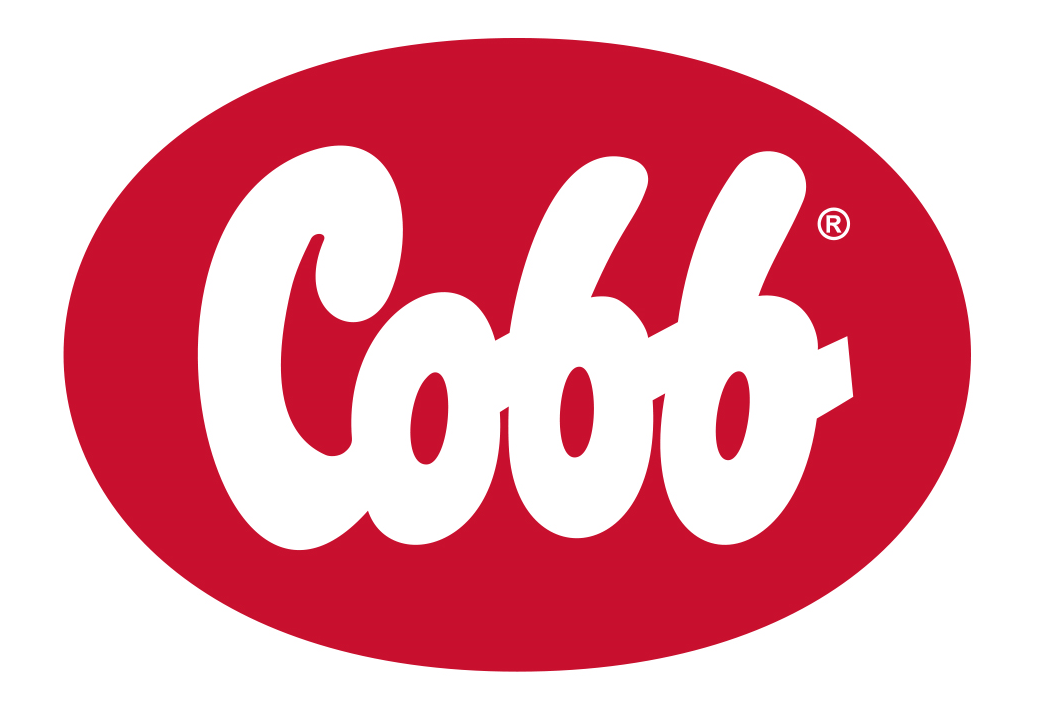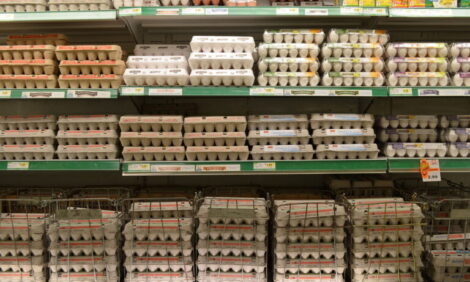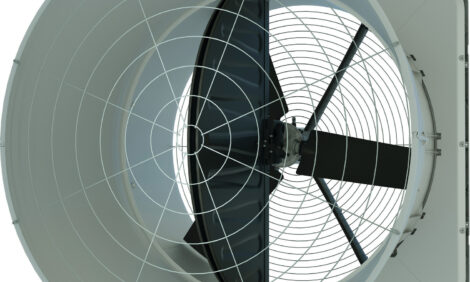



Cobb Breeder Management Guide: Male breeder management
Learn more about male rearing and transferring males to production housesPart of Series:
< Previous Article in Series Next Article in Series >
Editor's note: This article is an excerpt from the Cobb Breeder Management Guide and additional articles will follow. The Guide was designed to highlight critical factors that are most likely to influence flock performance. The management recommendations discussed were developed specifically for Cobb products. The recommendations are intended as a reference and supplement to your own flock management skills so that you can apply your knowledge and judgement to obtain consistently good results with the Cobb family of products. To read or download the complete Guide or to view Cobb's other management guides, click here.
The key to obtaining good hatchability from today’s broiler breeders is to develop feeding and management programs that allow a correct development of the male’s reproductive system while controlling their growth potential and capacity to deposit breast muscle. The male growth profile is the single most important factor that correlates with flock fertility. Males should be weighed at least weekly from one to 30 weeks of age and at least every other week thereafter.
Male rearing
A good start when rearing males is crucial for weight uniformity as well as good organ and skeletal development, which are correlated with future male fertility. It is important that the males achieve bodyweight targets according to the Cobb standard. For best results, the males should be reared separately from the females until housing at around 20 weeks of age.
Male frame size is strongly influenced by the bodyweight growth curve over the rearing period, with most frame development occurring in the first 12 weeks. The 7-day bodyweight target for males is 145 to 150 g (0.32 to 0.33 lb) on ad libitum feed but monitor average daily feed intake per bird. Separate the heaviest and lightest males at 3 to 4 weeks. Attempt to get these males back on standard bodyweight by 8 weeks of age. Grading males is more important than females, but male bodyweight can be overlooked. Controlling the bodyweight gain from 12 (puberty) to 20 weeks will help to prevent oversized males and control their sexual development.
Male density in rearing should be around 3.6 to 4.3 males/m2 (2.5 to 3.0 ft2/male). Apply beak conditioning in the hatchery. At 8 weeks of age, handle all males and remove any with obvious visual (phenotypic) faults that do not meet quality standards, including crooked or bent toes, skeletal abnormalities, and beak abnormalities.
Maintaining male uniformity
From 16 to 20 weeks the social order is established, and male flocks tend to lose uniformity quickly. At 16 weeks, in order to break the social order and recover uniformity with the lighter males, consider an additional fleshing grading. Separate all the males that have a fleshing of 2 or lower and adjust the feed to increase fleshing scores to 2.5 by 20 weeks of age. At 20 to 21 weeks of age the male and female flocks will be mixed and the social order is changed again. Consider using automatic grading machines to grade males. It is quicker and often more exact.
Transferring males to production houses
For males reared in environmentally controlled houses it is a good practice to transfer males to the production house 2 to 3 days earlier than the females to help familiarize the males with their feeder system. This will reduce males stealing female feed and improve bodyweight control.
The male to female ratio will depend on sexual synchronization and breed of males. In general, at transfer, select enough males for a female/male ratio of 8 to 9 % in houses with slats, and 9 to 10 % in houses without slats. Select only healthy males for the initial matings. These males should have the ideal bodyweight and body condition. Any males that have quality defects (developmental, skeletal, etc.), are extremely or severely overweight should not be transferred and should be removed and humanely euthanized. Keep the remaining average weight population and moderately heavy males for future use in spiking programs. In floor operations a somewhat larger male can be used if the breast muscle is not oversized, which can create stability and fertility problems.

When catching by the back, gently grasp the birds by the sides, making sure wings are secure against the bird’s body and wrap fingers on the sides of the bird’s breasts. Place the birds into the coops, keeping the wings secured to prevent wing damage. When catching by the feet, catchers should grab birds by the feet only and not the drumsticks to prevent bruising of the hock areas of the legs. Birds must never be lifted, carried, or dragged by the wing, one leg, or neck. Birds must never be thrown.
Catching must be conducted in a manner that minimizes bird stress and does not cause bird injury. If coops are used (as shown in the illustration), care must be taken to prevent bird injury. Sliding coops along the floor may cause toe injuries. Take care when closing the top or lid of the coop to ensure that the heads and wings are not caught when the container is closed.
Managing males that exhibit domination (aggressive) behaviors
Poor sexual synchronization is the primary reason for displays of overt male dominance behavior (aggression). These females tend to start production at 25 weeks while males are already exhibiting mating behavior at 23 to 24 weeks of age.
To control and prevent male dominant (aggressive) behaviors
- Males can be transferred a few days after females if they are considerably ahead of the females in terms of sexual maturity. This will give the females extra time to mature, but males will need an additional week to acclimate to a house after transfer with females already present.
- Reduce the male ratio to 5 % and keep the remaining males in darker house conditions.
- Gradually introduce males after start of production (> 10 %) and gradually increase the male ratio by 1 % per week thereafter.
- For future flocks consider how to improve sexual synchronization by evaluating means to correct the male bodyweight curve from 12 to 20 weeks of age. For example, strictly control male bodyweight in the first 4 weeks to prevent males from becoming oversized at 12 to 20 weeks.
- Photo stimulate the males at the same time as the females – do not pre-light the males.
- Oversized males (long shanks) will need more bodyweight to attain the correct condition after 16 weeks of age which can further increase the bodyweight gap with the females. If males are being reared on higher light intensity (10 lux; 1 fc), reduce intensity to 5 lux (0.5 fc) to help slow down sexual maturation during rearing and optimize sexual synchronization with females.
- If males are transferred early to the production house maintain the same light intensity used in rearing. However, early transfer can delay male sexual development and comb size allowing them to steal feed from the female feeder.
- Prevent delays in production start with a goal of attaining 1 to 3 % production at 24 weeks. The longer the females delay the start of egg production, the more aggressive the males may be.
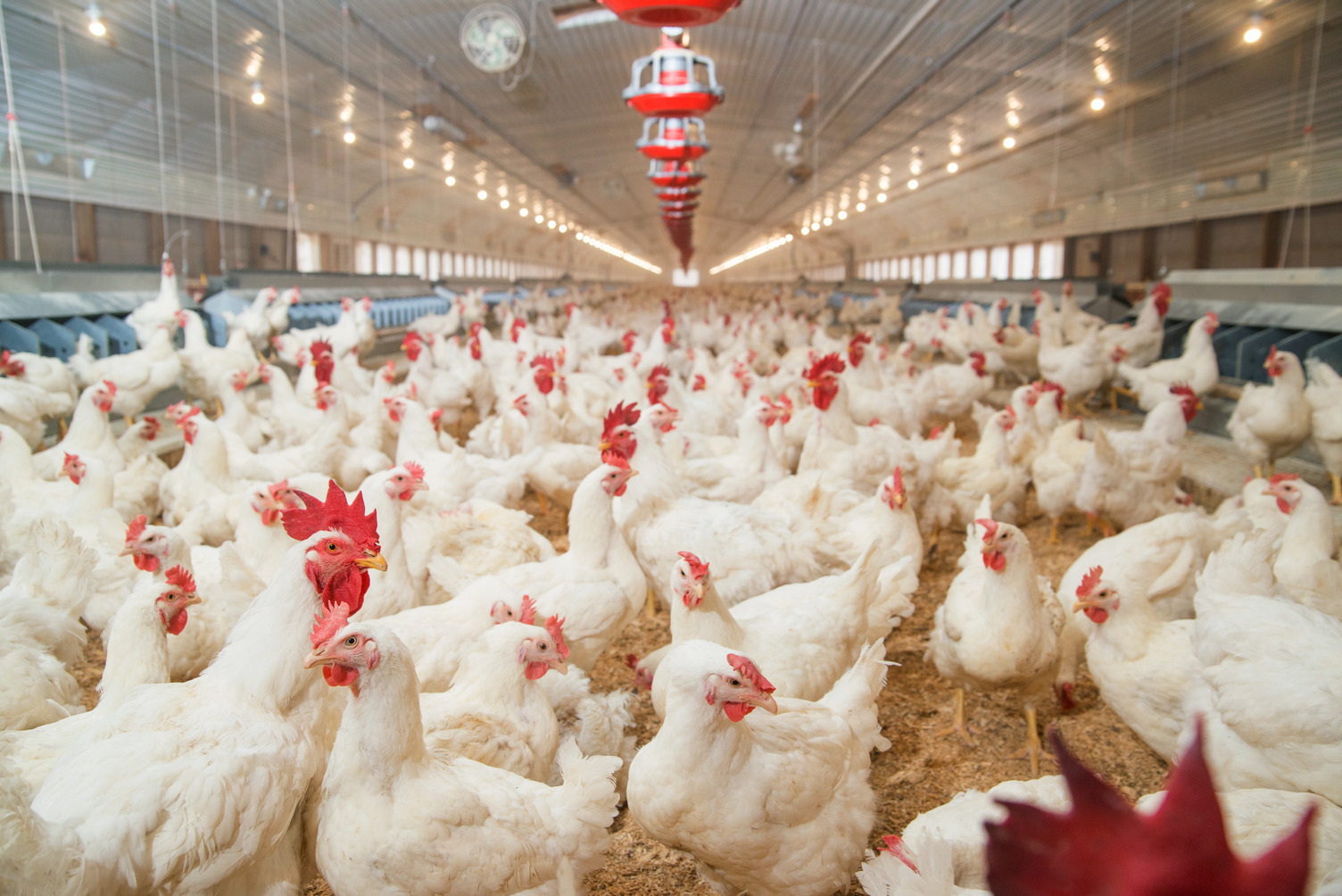
Any severe stress or drop in bodyweight, or even stagnation of growth from 16 to 22 weeks of age, will result in underdeveloped and less uniform testes in the males and result in lower initial hatches and possible fertility challenges throughout the production period.
Managing weight differences between males and females
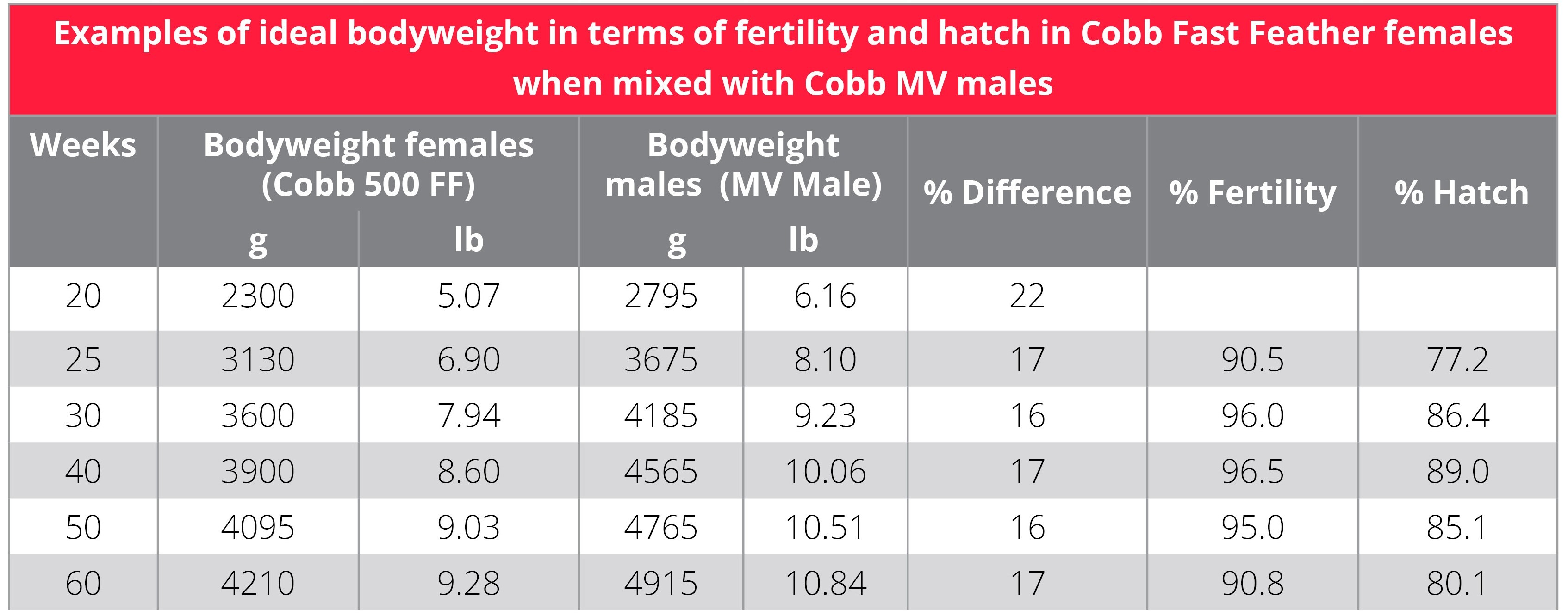
Over the last 10 years, the bodyweight difference between males and females has been reduced considerably, enhancing both fertility and hatchability levels. The table (above) is an example, at different ages, of what the ideal bodyweight differential is between males and females. The table also includes estimates for fertility and hatchability rates when these values are achieved.
High fertility indicates a good balance between testicular development (size and vascularization) and male mating ability. Heavy males can have excellent testicle size but if they cannot complete more than 75 % of the tentative matings there will be a decline in fertility. Maintain male condition by maintaining a fleshing score between 2.0 and 3.0 during the production period. Using primary males that are 11 to 12 % heavier than females provides:
- Reduced mortality and culling due to fewer leg, toe or bumblefoot problems.
- Fast and easier mating allowing females to retain feather cover on their backs.
- Females are more receptive to mating, resulting in higher fertility rates.
- Reduces bodyweight differential between the primary and spike males, which improves male spiking success.







